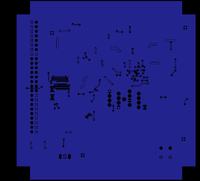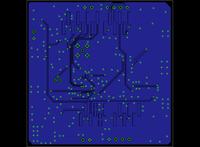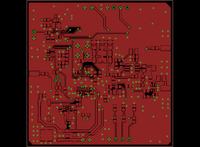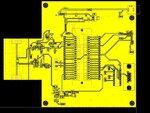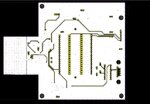BabaYaga
Advanced Member level 4
Hi Guys,
I have done High Speed Multi-Layer PCB Design, but never did any 2 Layer system Design, Now i need to design a 2 layer PCB for a PIC Microcontroller with some ADCs and DACs, so my queries are:
1 - I have seen some 2 layer Pcbs with copper pouring for GND, please explain this?
2 - Can i directly route signals as i wish without being concerned about the return paths etc.,(Basically what measures i need to take in connecting signals)?
3 - How do i handle Power?(Do i need to build planes or can i connect directly through thick traces)
These are some of my queries, feel free in suggesting anything relevant to the above topics.
Regards
BhavaniT
I have done High Speed Multi-Layer PCB Design, but never did any 2 Layer system Design, Now i need to design a 2 layer PCB for a PIC Microcontroller with some ADCs and DACs, so my queries are:
1 - I have seen some 2 layer Pcbs with copper pouring for GND, please explain this?
2 - Can i directly route signals as i wish without being concerned about the return paths etc.,(Basically what measures i need to take in connecting signals)?
3 - How do i handle Power?(Do i need to build planes or can i connect directly through thick traces)
These are some of my queries, feel free in suggesting anything relevant to the above topics.
Regards
BhavaniT
